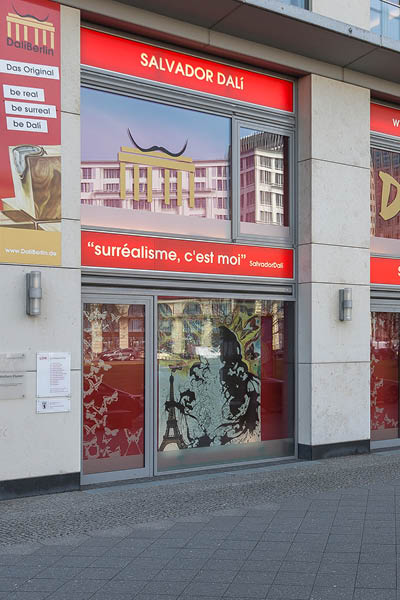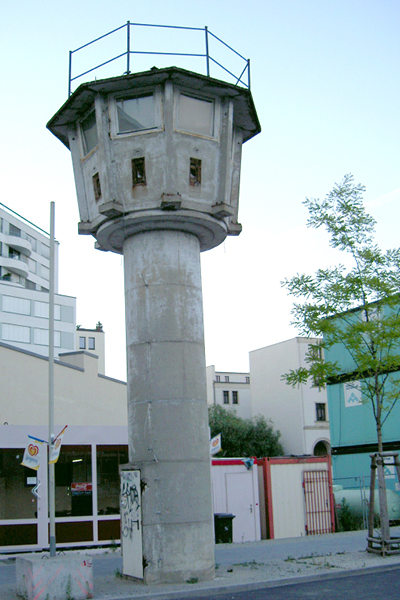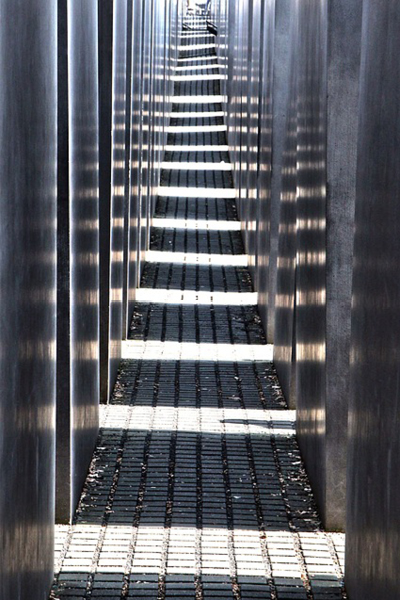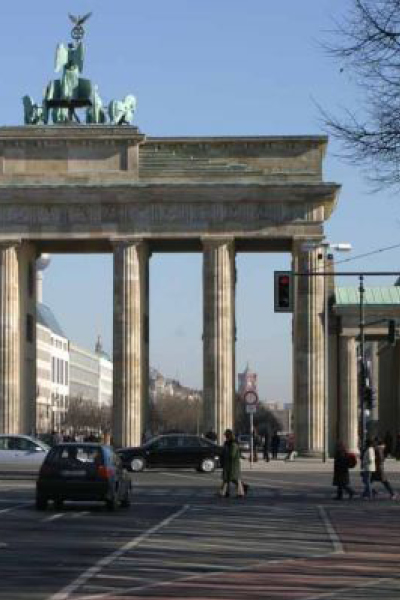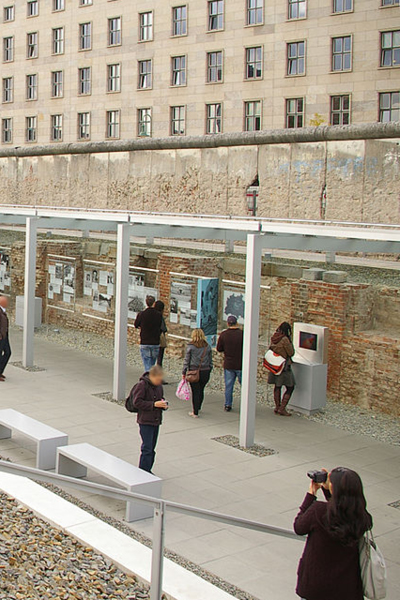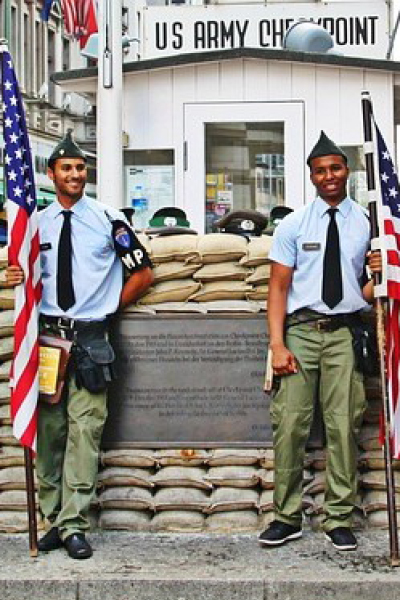Around the museum
"Dalí – Die Ausstellung am Potsdamer Platz" is situated in downtown Berlin. Many of Berlin's most popular attractions are reachable in walking distance (No. 1-15).
In addition, you will also find exclusive hotels around the Potsdamer Platz, which invite you to stay at this historic place for several days (No. 16-18).





